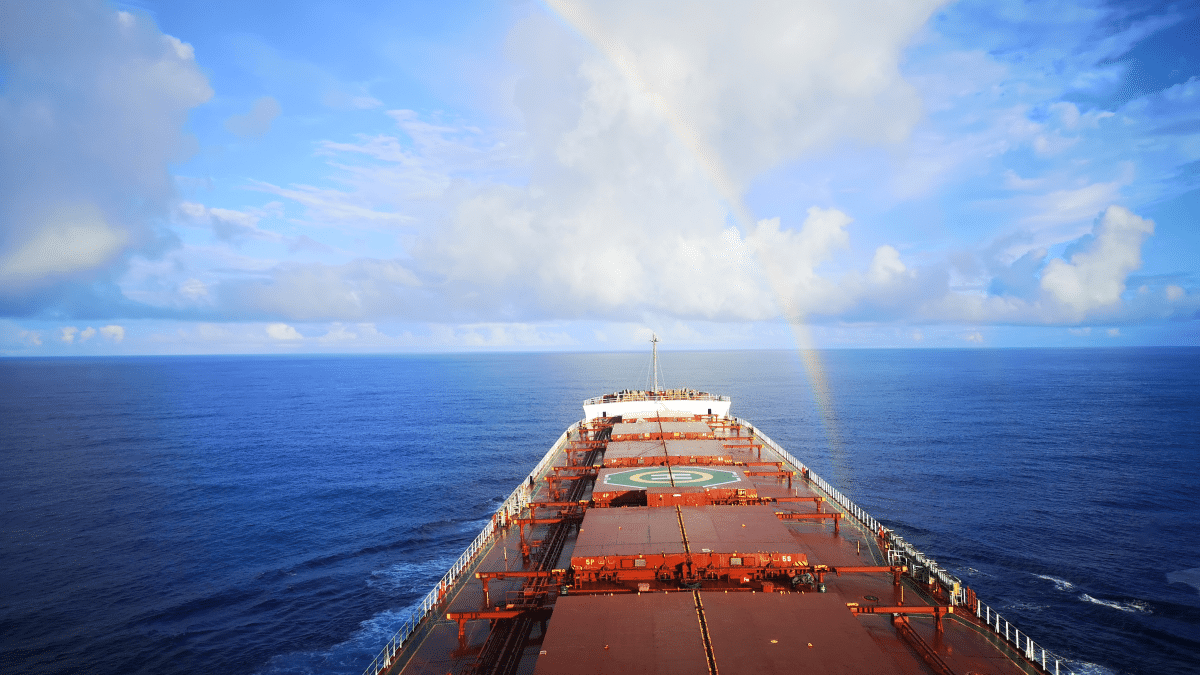Use fuel additives to improve combustion and CII ratings

Shipowners are under increasing pressure to improve the energy efficiency of their vessels, following the implementation of IMO’s Carbon Intensity Indicator (CII) on 1 January 2023. Ships of 5,000 GT and above have to comply with CII, which aims to drive energy efficiency in the global fleet and reduce CO2 emissions. CII energy efficiency ratings will be based on data reported for each ship’s CO2 emissions emitted (based on fuel consumed), distance travelled and size in either dwt or GT.
Data on a vessel’s fuel oil consumption will be collected throughout 2023 and submitted 31 March 2024 to calculate a ship’s operational CII rating. Ships will be given ratings from A (best) to E (worst). Ships rated for three consecutive years as D or for one year as E will be obligated to adopt a plan of corrective action to improve their energy efficiency performance and bring them back to a C rating.
Some shipping sectors are being impacted more acutely than others. This was highlighted recently by DNV Maritime vice president and global business director for bulk carriers, Morten Løvstad. Speaking at Riviera Maritime Media’s The impact of EEXI and CII on the bulk carrier market webinar, sponsored by NAPA and held 29 June, Mr Løvstad said more than 60% of the global bulk carrier fleet will require measures to improve the CII rating to remain compliant and competitive through to 2030.
“Combustion-improver additives can help the marine industry to start its decarbonisation journey”
“A significant number will need engine or shaft power limits to meet the EEXI, with many reducing maximum speed by at least two knots,” Mr Løvstad said.
When CII is calculated for this year and 2024, 40-60% of the worldwide fleet of bulk carriers will have ratings of D or E, meaning owners would need to change their operations to improve this to a C rating or better.
And, CII will become increasingly more stringent, with shipowners expected to reduce fuel consumption by 2% each year to 2026 to maintain compliance. Part of compliance requires shipowners to submit their Ship Energy Efficiency Management Plan (SEEMP), Part III, which lays out a plan to improve a ship’s CII over the next three years. Expectations are that after 2026, compliance will become even more stringent, particularly in light of IMO’s Revised Strategy on the Reduction of GHG Emissions from Ships, adopted in July.
Combustion improver
Shipowners can use a host of operational and technical measures to improve a vessel’s efficiency and its CII rating. Among these are slow steaming, engine power limitation, wind-assisted propulsion, hull cleaning and new coatings, or new propellers.
Specialty chemicals company Infineum – a joint venture of Shell and ExxonMobil – suggests considering fuel selection and additive choice to positively influence the CII rating of a ship. It says ship operators can improve their SEEMP Part III and CII rating using a combustion-improver additive.
These fuel-borne additives, says Infineum, can help to reduce vessel fuel consumption, lower the CO2 output per nautical mile travelled and lower other key emissions, such as NOx, carbon monoxide, total hydrocarbons and smoke.
“Another benefit of combustion-improver use is demonstrable through lower fuel consumption per nautical mile year-by-year and to that effect can become an integral part of how the annual energy efficiency/operational CII can be achieved in the SEEMP,” says Infineum.
“CII will become increasingly more stringent”
Formulated with fuel stabiliser chemistry, the additive can help to minimise fuel lost as sludge. This not only enhances the overall fuel consumption of the vessel but also minimises potential sludge disposal costs. It is estimated that some 2% of the global fuel oil pool is lost as sludge, which could instead be a useable fuel if it was managed more effectively, says Infineum.
incorporating combustion improvers
Phase one of CII is the assessment of the ship’s baseline energy usage, which will be recorded over 2023. Operators can then assess what measures are necessary to ensure a minimum ‘C’ or above rating will be maintained, as the reduction factors are applied and the thresholds become increasingly stringent.
Combustion-improver additives can be included as part of an energy saving development plan and be easily introduced via regular bunkering activities.
Performance, in terms of reduced fuel consumption, can be verified against the previously collected baseline data.
Infineum points out that sailing conditions, route selection and other factors can heavily influence fuel consumption, but over an extended period of operation the efficiency improvement benefits will be apparent.
The chemicals company has evaluated its combustion improver additive technology to determine the potential for statistically significant fuel economy and emissions reduction benefits and to demonstrate its ability to make a positive contribution towards CII.
Using additive technology to improve combustion efficiency means more energy is transferred into forward propulsion, less fuel is wasted, NOx and particulate emissions are reduced, and hardware stays cleaner for longer, says the company. These attributes translate not only into a positive contribution to CII but also lower running costs and less downtime.
In static engine testing, Infineum says it observed statistically significant fuel savings compared with non-additised fuels. These results have been confirmed in field trials onboard a 33,000-dwt chemical tanker, achieving a Specific Fuel Oil Consumption (SFOC) savings of 1%.
